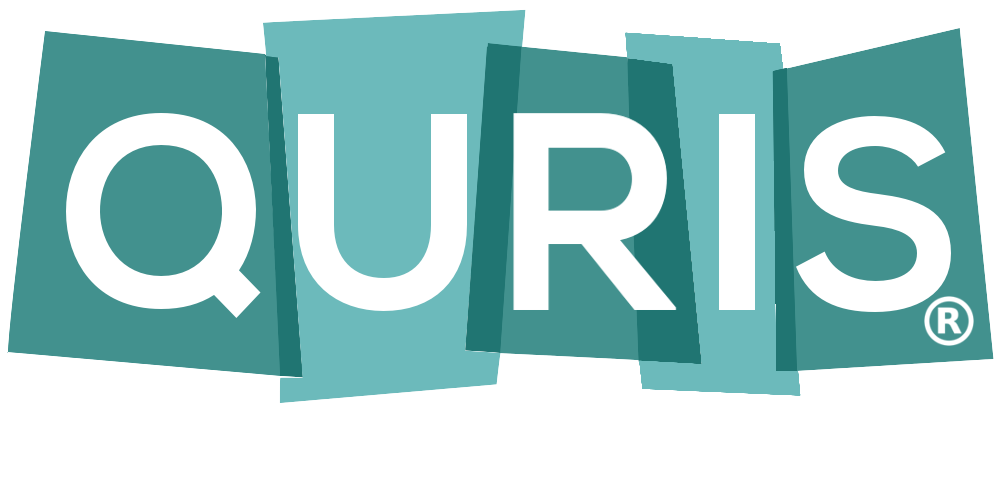Ventilator Management
exp date isn't null, but text field is
- Initial Settings - Initial ventilator settings (mode of ventilation, FIO2, respiratory rate, VT, PEEP, and if applicable, pressure support or pressure control level) are to be set as ordered by the physician.
- Ventilator adjustments:
- Oxygenation - Maintain SpO2 > 90% and PaO2 > 60 torr (or physician specified).
- FIO2 - Increase or decrease to maintain the therapeutic goal as listed above.
- PEEP - Changes in PEEP will be made in increments of two while maintaining the specified SpO2 and PaO2.
- I:E - When applicable, a patient may require pressure control, inverse-ratio ventilation (PC IRV) to increase oxygenation while maintaining low airway pressures. During this mode of ventilation, the physician will specify the desired I:E ratio to initiate ventilation. The RCP may then adjust the I:E to optimize oxygenation. I:E may not exceed 3:1 without further physician order.
- Ventilation (acid-base) — Manipulate the components of minute ventilation to maintain a pH of 7.35-7.45 (or physician specified) and PaCO2 between 35-45 torr (or physician specified).
- VT - May be adjusted to obtain the desired parameters listed above. VT should remain 6 mL/kg.
- RR - Changes should be made in increments of two to achieve the specified pH and PaCO2.
- PIP (PCV) - A patient on PCV may require changes in the set PIP to obtain adequate ventilation according to the desired parameters listed above. (The difference between PIP and PEEP, referred to as ▲P, determines VT.)
- PS - When applicable, pressure support should be adjusted to maintain a spontaneous VT of at least 5-8 mL/kg with a RR < 30.
- Oxygenation - Maintain SpO2 > 90% and PaO2 > 60 torr (or physician specified).
- Weaning/Ventilator Liberation:
- Patients will be screened to determine whether they meet the “Wean Assessment Criteria”. The criteria consist of:
- PEEP ≤8cm H2O (unless increased to help trigger with auto-PEEP or to treat atelectasis)
- FI02.≤ 50%
- Hemodynamic stability
- no neuromuscular blockers
- Weaning parameters will be performed each morning (prior to 07:00) when the patient is on FIO2 ≤0.50 and PEEP < 8 cm H2O. (Unless increased to help trigger with auto-PEEP or to treat atelectasis)
- Weaning parameters include the measurement and documentation of these values:
- VT – tidal volume
- NIP (Negative Inspiratory Pressure)
- RR – respiratory rate
- VC (Vital Capacity)
- VE – minute ventilation
- f/Vt
- Weaning: (30) minute Spontaneous breathing trial) See UHRC Wean Algorithm
- Patients should be placed on CPAP =5cmH2O w/o tube compensation (may use PS=5). The FIO2 may be increased by 5-10%, up to 50% if necessary.
- Respiratory and hemodynamic parameters are monitored closely throughout the duration of the wean. The wean is discontinued and the patient returned to the previous ventilator settings if any of the following occur:
- RR ≥ 36
- HR increases > 140 bpm.
- SpO2 < 90%
- After 30 minutes, another set of weaning parameters are obtained and the wean ends. Mechanical ventilation can be discontinued under the following conditions:
- RR ≤ 35 5.
- Absence of metabolic alkalosis (HCO3 < 32 mEq/L).
- HR < 120
- Absence of the patient’s use of accessory muscles or nasal flaring
- SpO2 > 90%, with FIO2 < 0.40
- Vital signs and hemodynamic parameters are within normal limits.
- NIP < 30 cm H2O.
- Patient is able to clear own secretions.
- If the patient is trached, then place on T-Collar of appropriate FIO2. If the patient is intubated, then inform physician of successful wean and obtain a verbal order to extubate. If the patient does not meet the criteria list in section III. Above, an ABG is obtained and a physician is consulted for determination of extubation or reinstitution of mechanical ventilation
- If the patient does not meet the criteria listed above, an ABG is obtained and a physician is consulted for determination of extubation or reinstitution to mechanical ventilation.
- Patients will be screened to determine whether they meet the “Wean Assessment Criteria”. The criteria consist of:
- Extubation:
- Extubation can be performed by the Respiratory Care Practitioner upon receiving an order from the physician. (A verbal order must be documented prior to performing the procedure). A physician does not need to be present for extubation but must be identified in case of reintubation. A physician must be present in the ICU at time of extubation for all patients identified as having a difficult airway. (see Difficult Airway Policy)

